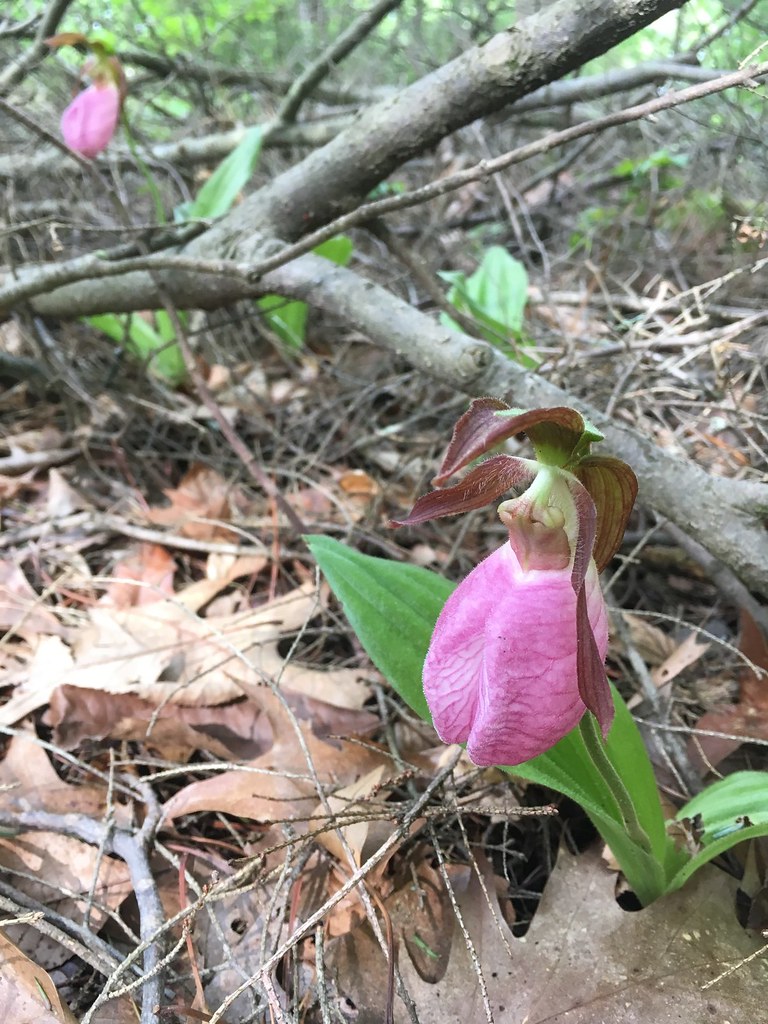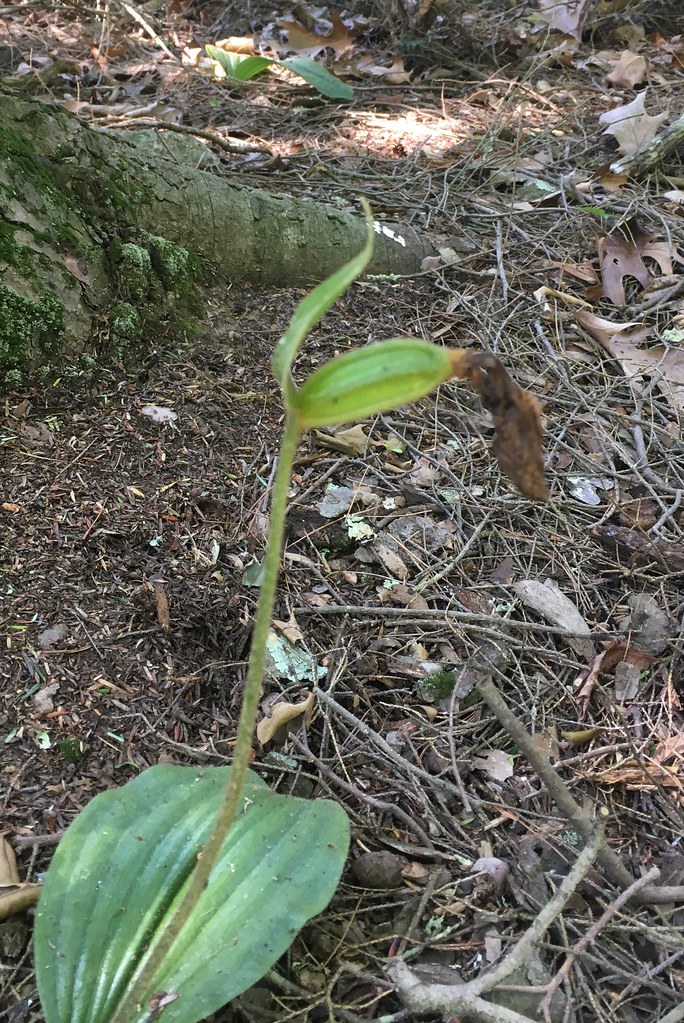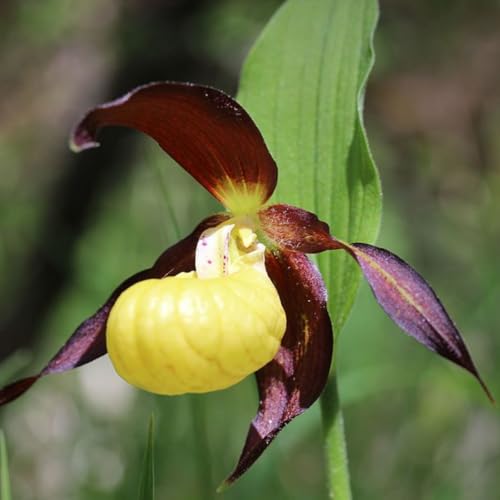jkarlbarlow
Member
- Joined
- Jun 22, 2017
- Messages
- 13
- Reaction score
- 0
Maybe I should have posted this under the conservation heading, please move it if that is the case, but here is the situation. We are lucky enough to have a healthy cluster of cyp. acaule on our property.
 Cypripedium by jkarlbarlow, on Flickr
Cypripedium by jkarlbarlow, on Flickr
There are close to 20 blooming size plants and more younger plants within a couple of hundred square feet. I looked at the status of the species in my state and it is not listed as endangered, threatened, or of special concern.
This past weekend, I walked past where the plants grow and noticed that one had formed a seed pod.
 Cypripedium by jkarlbarlow, on Flickr
Cypripedium by jkarlbarlow, on Flickr
Sorry for the quality of this picture. The question is, what would you do with it? Would you leave it and so what happens? Would you harvest it and try to grow it out? It is still green and I know some people prefer to work with them at this stage which is why I am asking now.
What does anyone think?
Josh
 Cypripedium by jkarlbarlow, on Flickr
Cypripedium by jkarlbarlow, on FlickrThere are close to 20 blooming size plants and more younger plants within a couple of hundred square feet. I looked at the status of the species in my state and it is not listed as endangered, threatened, or of special concern.
This past weekend, I walked past where the plants grow and noticed that one had formed a seed pod.
 Cypripedium by jkarlbarlow, on Flickr
Cypripedium by jkarlbarlow, on FlickrSorry for the quality of this picture. The question is, what would you do with it? Would you leave it and so what happens? Would you harvest it and try to grow it out? It is still green and I know some people prefer to work with them at this stage which is why I am asking now.
What does anyone think?
Josh












































